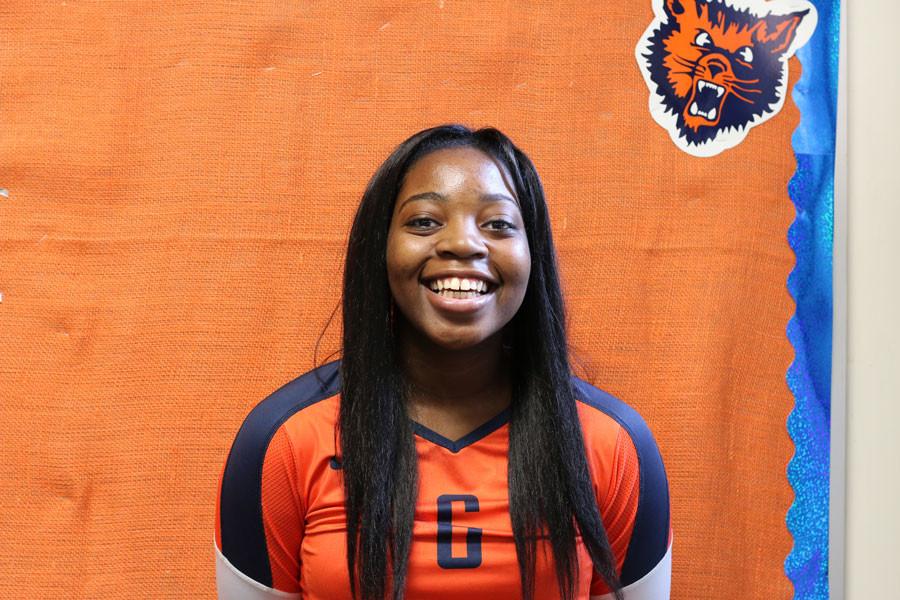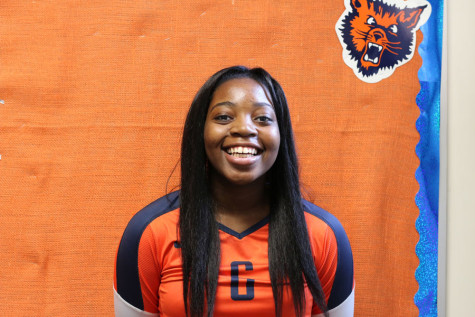Reverse Racism is a myth
As a person of color, when I witness sadly mistaken students who believe that it’s not fair for people of color to “be racist” against white people just because of skin color, I find it 100 percent necessary to intervene.
Reverse racism is a phenomenon in which discrimination against a dominant racial group representative of the majority in a particular society takes place, for a variety of reasons.
It has been described as “preferential treatment, discriminating in favor of members of underrepresented groups, which have been treated unjustly in the past.”
There is a large difference between racism and prejudice. Racism is a social standard of systematic oppression. Racism exists in society today, because white people are still the majority, and have the institutional power to discriminate against people of color.
The Supreme Court heard arguments on a challenge to admissions programs at the University of Texas designed to promote racial diversity among the student body on Dec. 9. White and Asian students believe that their “well-deserved” admissions opportunities were being taken away by black students because of a university’s push for diversity.
Affirmative action was established as a policy in college admissions favoring those who tend to suffer from discrimination, especially in relation to race. In a way, it is positive discrimination.
The affirmative action debate has been going on for decades, with many people arguing that it’s a prime example of reverse racism. However, affirmative action did not come out of nowhere. When I apply to college, I see a need for a system that would address the decades of underrepresentation of people of color academically. Affirmative action does not favor people of color over whites, but ensures that they are considered equally.
The reverse racism argument ensues. When conversations about police brutality or hate crimes come up, there are some racists who are quick to point out the rate of black-on-white crime, and argue that these instances are hate crimes, which is simply false. Isolated incidents of black violence towards whites are not proof that we, as people of color, just hate all whites.
According to an FBI study on homicide, fellow whites killed 83 percent of white murder victims, while blacks murdered only 14 percent of white victims. Beyond numbers, black-on-white crime is a social problem and it is not systemic. Police killed more than 100 unarmed black people in 2014. Guilty or not, this number of deaths in comparison to how many white people were killed is staggering.
Students believing in the validity of the reverse racism argument aren’t completely off base. Traditionally, black students have lower test scores and don’t perform nearly as well in their classes as their white counterparts. Black on white crime, while not an epidemic, still exists.
I don’t blame white people for things that happened hundreds of years ago. I hope to raise awareness of the past so that there is a general understanding that can lead to more empathy and compassion for all races.
Reverse racism does not exist, but prejudice does. It’s impossible for a black person to discriminate against a white person, however that doesn’t justify the prejudice against white people today. It is important to acknowledge the roots of the reverse racism argument, because two wrongs don’t make a right.
Your donation will support the student journalists of the Evanstonian. We are planning a big trip to the Journalism Educators Association conference in Nashville in November 2025, and any support will go towards making that trip a reality. Contributions will appear as a charge from SNOSite. Donations are NOT tax-deductible.





